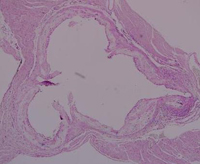Research Projects
Basic science is the foundation for numerous significant scientific advances in the field of cardiovascular medicine, The staff constitutes a multidisciplinary group, working on basic research in molecular biology and gene expression, cell biology, and tissue engineering in mouse, rat and pig models of disease, that include :
Cardiovascular Regeneration Laboratory (Prof Jonathan Leor) :
Research focuses on the biology of myocardial infarction, heart failure, myocarditis and atherosclerosis, both in defining the molecular mechanisms that underlie the healing processes, and in developing novel approaches to improve repair.
More specifically, Prof. Leor's laboratory research involves the following:
1) Tissue engineering using novel, injectable, bioactive materials and molecules; Tissue engineering is a relatively new discipline that combines isolated functioning cells and biodegradable three-dimensional (3-D) polymeric scaffolds (Figure 1)

2) CMR - Small animal cardiac magnetic resonance (CMR) imaging, performed on a clinical 3.0 T scanner, is a valuable imaging modality for non-invasive studying of cardiovascular diseases. CMR provides accurate assessment of
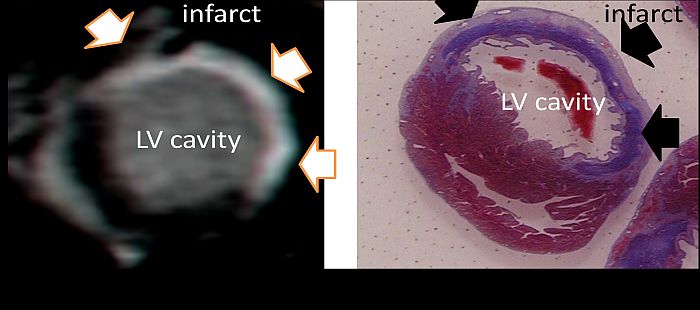
3) Stem cell studies that entail cardiac stem cells, with an aim to develop cellular approaches to regenerate the heart (Figure 3.1)
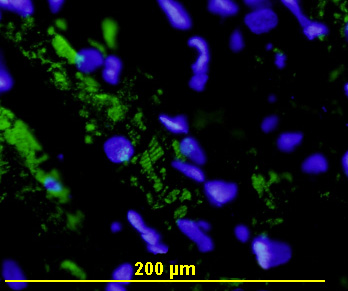
Reprogramming of cells ex vivo and in situ, by genetic manipulation or growth factors to improve cell infarct healing
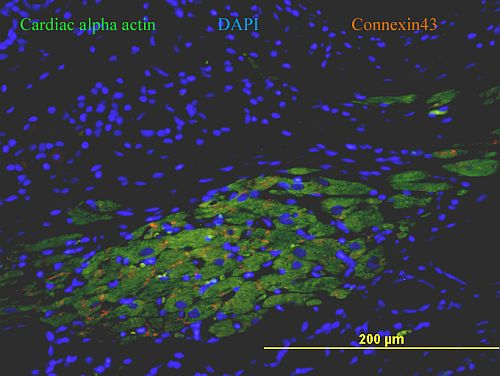
4) The role of macrophages in the heart's intrinsic repair response (Figure 4)
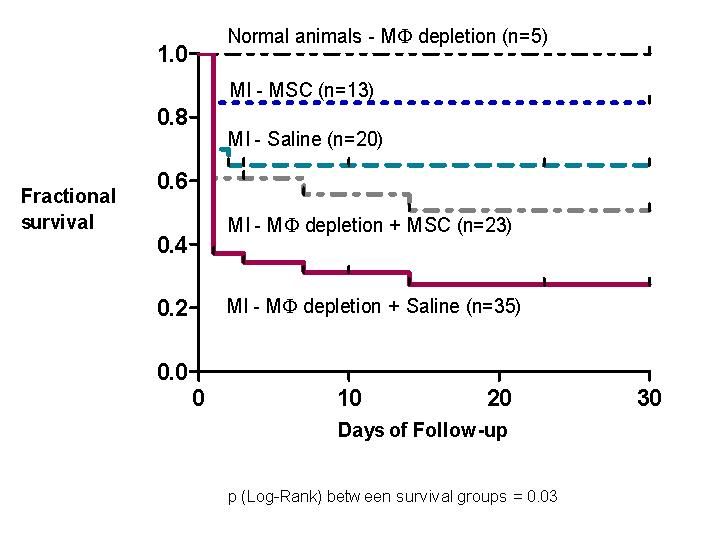
5) Molecular imaging, cell tracking and inflammation in the heart. (Figure 5)
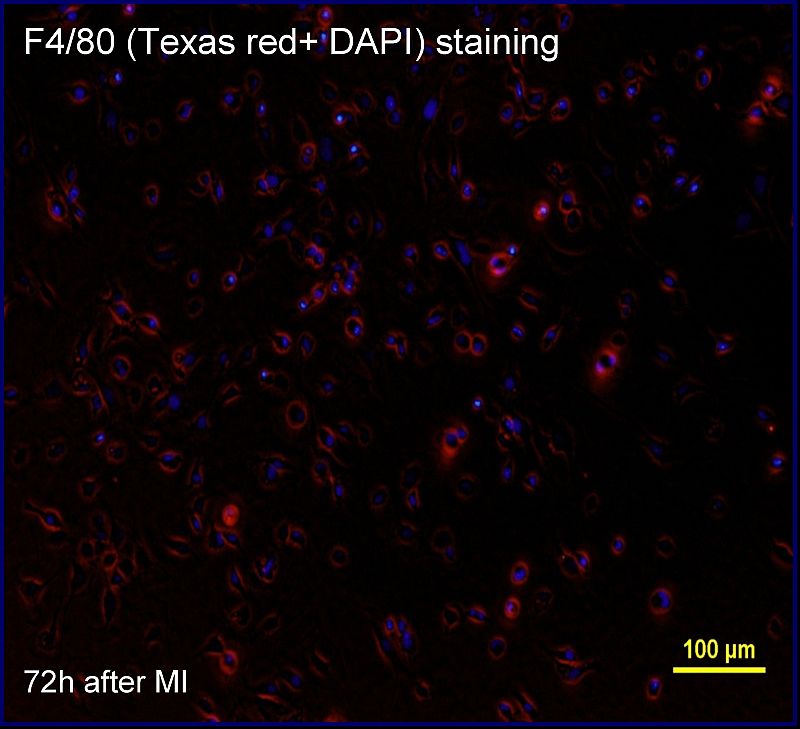
6) Left Ventricular Hypertrophy (Figure 6)
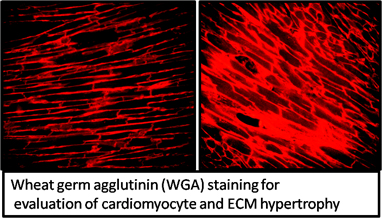
7) Myocarditis -
Signal enhancement is highlighted in yellow and/or arrows. Even distribution of gadolinium in short-axis view (upper left, lower left), 4-chamber view (lower right). Patchy-aggregated distribution of gadolinium in short-axis view (upper right). Images are additionally accompanied with large pericardial effusion.(Figure 7)
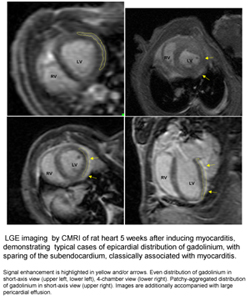
8) Atherosclerosis - Immunohistochemistry of aortic root of a representative apoE(-/-) mouse. Sections stained with H&E (Figure 8)
